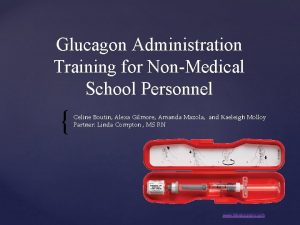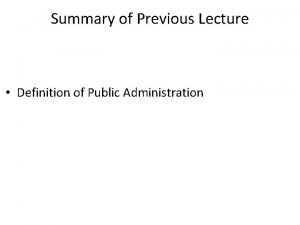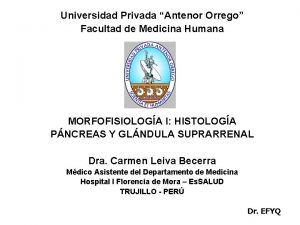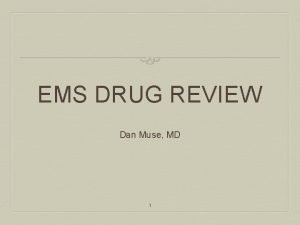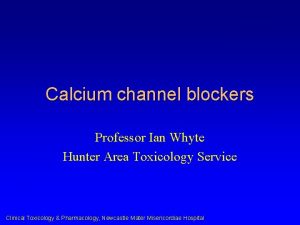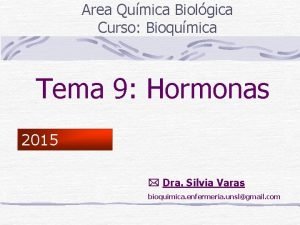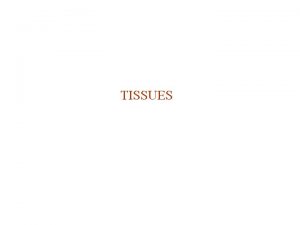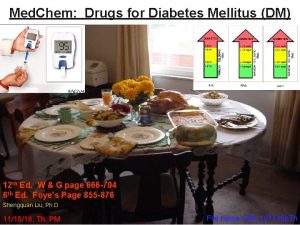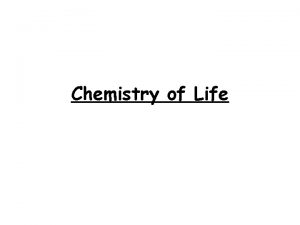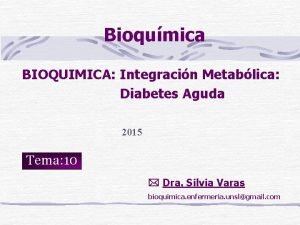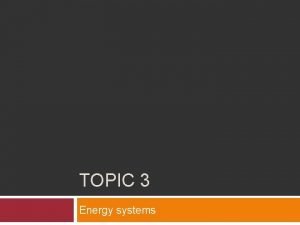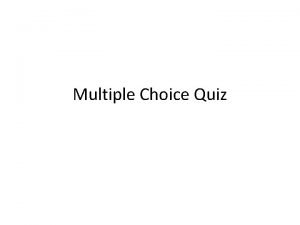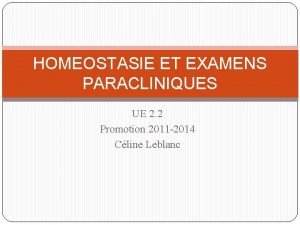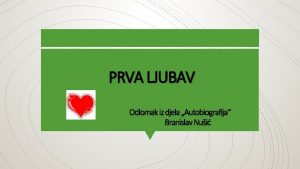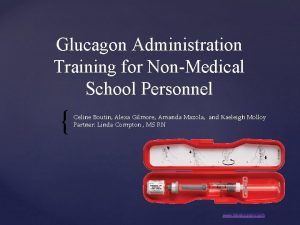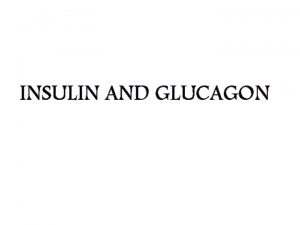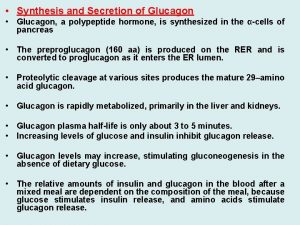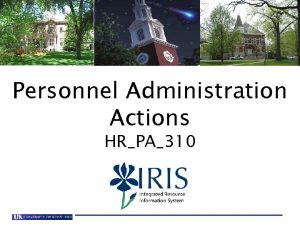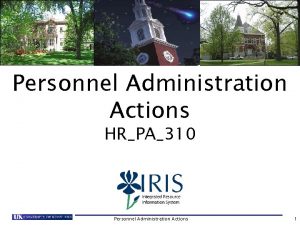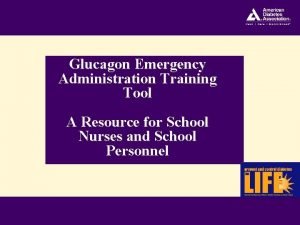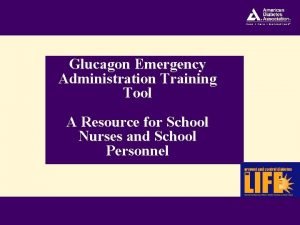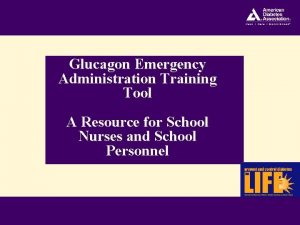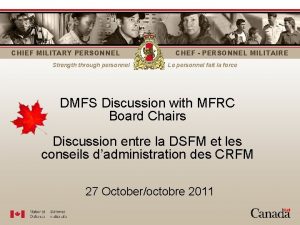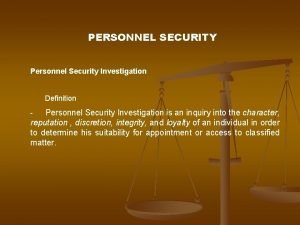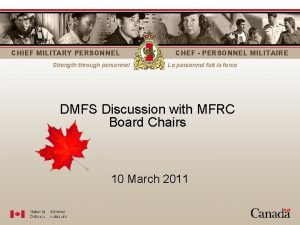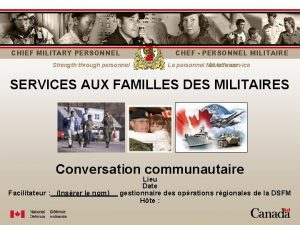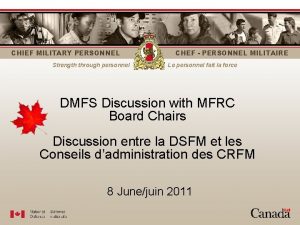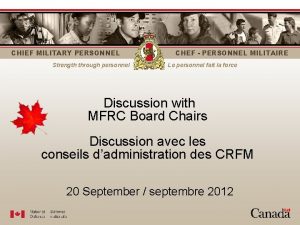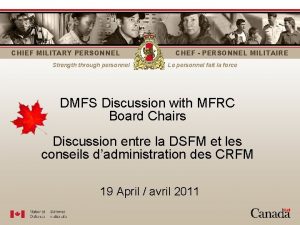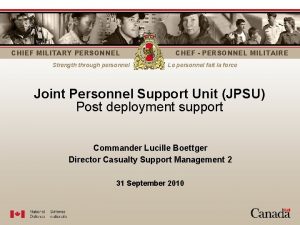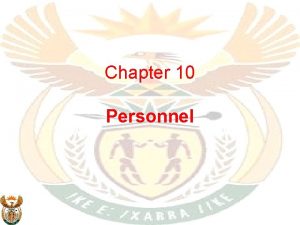Glucagon Administration Training for NonMedical School Personnel Celine





















- Slides: 21

Glucagon Administration Training for Non-Medical School Personnel { Celine Boutin, Alexa Gilmore, Amanda Mazola, and Kaeleigh Molloy Partner: Linda Compton , MS RN www. lillyglucagon. com

Learning Objectives ❧ ❧ ❧ Obtain a basic understanding of diabetes Recognize the signs and symptoms of low blood sugar, or hypoglycemia Learn information and skills required to administer glucagon during an emergency

Legislation ❧ Senate Bill 71 was passed in 2015 detailing the administration of glucagon in schools. It states the following: ❧ ❧ ❧ A parent or guardian may authorize any school employee or person employed on behalf of the school to administer glucagon in the case of an emergency while at school or a school sponsored activity No school employee will be subject to any penalty or disciplinary action for refusing to be trained in glucagon administration The parent or guardian will provide a diabetes management plan that prescribes the care needed by the student, including glucagon administration

Legislation ❧ ❧ No school employee or person employed on behalf of the school will be liable for civil damages which may result from the acts of administering or the omission of administering glucagon which may constitute ordinary negligence The immunity mentioned above does not apply to administration or an omission of administration that would constitute gross negligence or willful wanton conduct

What is Diabetes? Diabetes is a condition in which the body is unable to use glucose for energy production because of the lack of insulin or resistance to insulin. ❧ When one ingests a carbohydrate, the stomach breaks down the food into glucose. ❧ ❧ ❧ The pancreas makes a hormone known as insulin. Insulin is a transporter of glucose to the cells, without it the cells have no fuel or energy. Insulin also helps the body to store glucose for future use. In diabetes, the pancreas either makes no insulin (Type 1 Diabetes), or the pancreas makes insulin that is inefficient in converting the glucose into energy (Type 2 Diabetes)

What is Diabetes? ❧ In both types of diabetes, there is excess glucose in the blood because insulin is not transporting the glucose inside the cell where it can be used for energy. ❧ It is important for those with diabetes to measure their blood sugar frequently. Having an abnormally high blood glucose (hyperglycemia) or an abnormally low blood glucose (hypoglycemia) can lead to serious or even fatal outcomes.

Individualized Health Care Plans Students with diabetes will have a diabetes medical management plan, a school individualized health care plan and an emergency action plan. These will detail how to manage complications , such as, hypoglycemia. ❧ Students with diabetes are eligible for a 504 plan, too. ❧ Unlicensed personnel should follow these plans exactly ❧ If you accept responsibility for administering glucagon, you will be written into your student’s individualized health care plan as the trained unlicensed caregiver. ❧ Each year a student will need updated plans. ❧

What is Hypoglycemia? � Hypoglycemia is a condition in which the blood sugar (glucose) is below normal. kidshealth. org

Causes of Hypoglycemia ❧ Too much insulin ❧ Missed or delayed food or meals ❧ More or unexpected exercise than planned ❧ Unscheduled exercise

Signs and Symptoms of Hypoglycemia Early symptoms include: ❧ Shakiness ❧ Palpitations ❧ Sweating ❧ Hunger ❧ Restlessness ❧ Tingling in hands, feet, lip, or tongue ❧ Lightheadedness ❧ Inability to focus ❧ Headache ● ● ● Blurry vision Slurred speech Irritability Abnormal behavior Drowsiness Anxiety

Late Signs and Symptoms of Hypoglycemia ❧ Disorientation ❧ Inability to swallow ❧ Seizures ❧ Unconsciousness ❧ Death

Treatment of Hypoglycemia For mild to moderate hypoglycemia: 1. Have student consume glucose or simple carbohydrates based on age or diabetes medical management plan. Examples of this include: Glucose tablets, juice, glucose gel and use as directed on the student’s emergency action plan. 2. Student ’s will recheck th eir blood glucose after 15 minutes. If student’s blood sugar less than target, student will repeat treatment of blood sugar or as directed on the student’s emergency plan. 3. Once blood glucose returns to an acceptable level , follow the Individualized Health Care Plan.

Treatment of Hypoglycemia For cases of severe hypoglycemia (student becomes unconscious): 1. Remain calm. 2. Obtain the student’s glucagon. Administer glucagon and place the student on his or her side (refer to the next slides for more detailed instructions) 3. Call 911 and alert them that a student is unconscious due to severe hypoglycemia (if other individuals are present, have someone else complete this step while you move on to step 4) 4. When the student regains consciousness, stay with them. If the student is alert and able to properly swallow, have student sip on carbohydrate containing fluid. Refer to student’s plan.

Video ❧ ❧ The following is a video that will detail the administration of glucagon After watching this video, we will review the steps of glucagon administration https: //www. youtube. com/watch? v=SW 9 YOd. ZGd 0 k&featu re=youtu. be

Glucagon Administration The following step-by-step instructions, which were taken from the manufacturer of glucagon ’s website, detail how to give the medication. Step 1: Flip off the seal from the vial of glucagon powder. Step 2: Remove the needle cover from the syringe. DO NOT REMOVE THE PLASTIC CLIP FROM THE SYRINGE, as this may allow the pushrod to come out of the syringe.

Glucagon Administration Step 3: Insert the needle into the rubber stopper on the vial, then inject the entire contents of the syringe into the vial of glucagon powder. Step 4: Leaving the syringe in the vial, gently swirl the vial until the liquid becomes clear. glucagon should not be used unless the solution is clear and of a water-like consistency.

Glucagon Administration Step 5: Slowly withdraw all the liquid. In children weighing less than 44 pounds, withdraw half of the liquid (0. 5 mark on the syringe). Step 6: Cleanse site on buttock, arm, or thigh and inject glucagon immediately after mixing, and then withdraw the needle. Apply light pressure against the injection site. Place the used syringe/needle back in the box.

Glucagon Administration Step 7: Turn the student on his/her side. When an unconscious person awakens, he/she may vomit. Update 911 immediately after administering glucagon. As soon as the person is awake and able to swallow, follow the Individualized Health Care plan.

Glucagon Administration Step 8: Send used glucagon kit, including the syringe/needle, to the hospital with EMS so that it can be properly disposed of. Do not recap the needle before placing in the kit.

Key Points Stay calm Recognize the signs and symptoms of hypoglycemia Administer glucagon. Call 911 Place the student on their side and notify their parents that you have administered glucagon and called 911 ❧ When the student wakes up, they may be nauseous and vomit. ❧ Remember to always follow your student's individualized healthcare plan or emergency action plan as different students may need different treatments ❧ ❧ ❧

Sources and Sponsors ❧ American Diabetes Association. (2015). Hypoglycemia (low blood glucose). Retrieved from http: //www. diabetes. org/living-with-diabetes/treatment-and-care/blood-glucosecontrol/hypoglycemia-low-blood. html. ❧ Kelly, J. (n. d. ). What is diabetes? Retrieved from https: //www. cdc. gov/media/presskits/aahd/diabetes. pdf. ❧ Lilly. (2016). How to use glucagon. Retrieved from http: //www. lillyglucagon. com/#how-to-use. ❧ New Hampshire Department of Education ❧ New Hampshire School Nurse Association https: //nhsn 3 a 18. wildapricot. org/. ❧ Nick Edgar, videographer ❧ Senate Bill 71 https: //legiscan. com/NH/text/SB 71/id/1068464.
 Glucagon training video
Glucagon training video Glucagon training video
Glucagon training video Definition of public administration
Definition of public administration Celulas alfa
Celulas alfa Glucose range
Glucose range Dan muse
Dan muse Glucagon for beta blocker overdose
Glucagon for beta blocker overdose Que celulas secretan glucagon
Que celulas secretan glucagon Glucose insulin
Glucose insulin Antidiabetic drugs
Antidiabetic drugs Glucagon
Glucagon Glucosa despues de comer
Glucosa despues de comer Functions of glucagon
Functions of glucagon Glucagon is secreted by:
Glucagon is secreted by: Glomerular mesangial cells
Glomerular mesangial cells Which structure releases glucagon
Which structure releases glucagon Insuline et glucagon
Insuline et glucagon Glucagon
Glucagon Training sales personnel
Training sales personnel Power of love celine dion
Power of love celine dion Autobiografija prva ljubav
Autobiografija prva ljubav Kako podeliti pricu na celine
Kako podeliti pricu na celine
